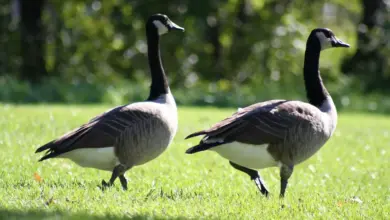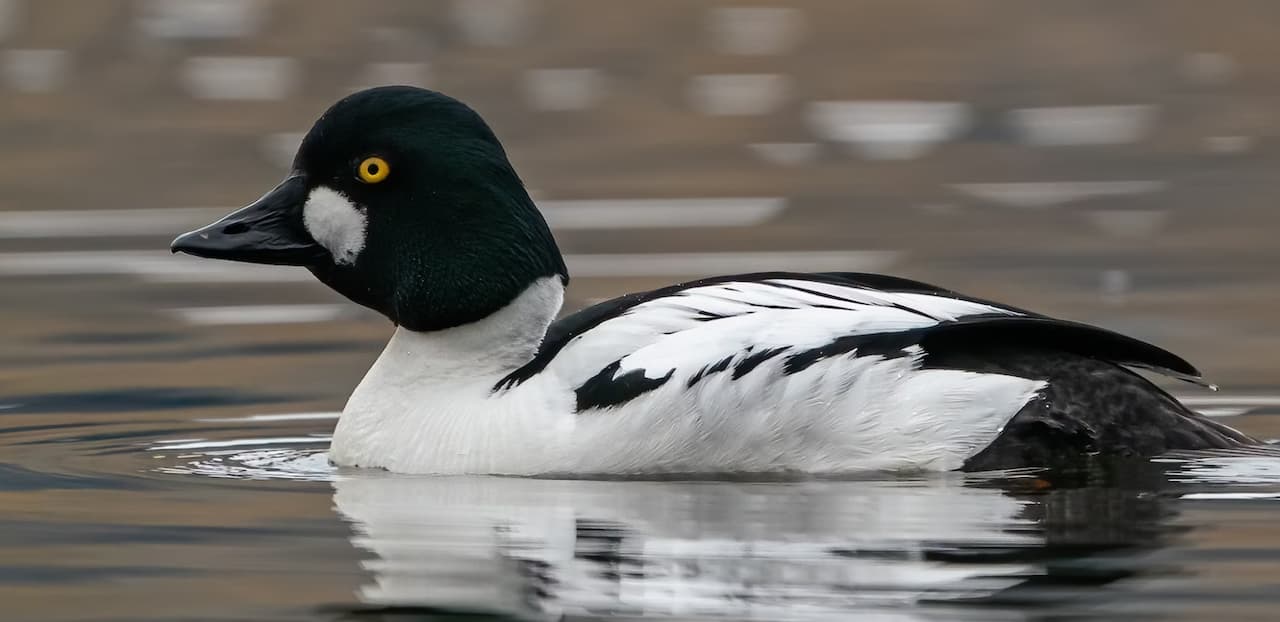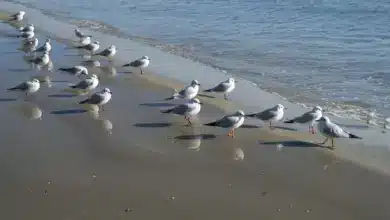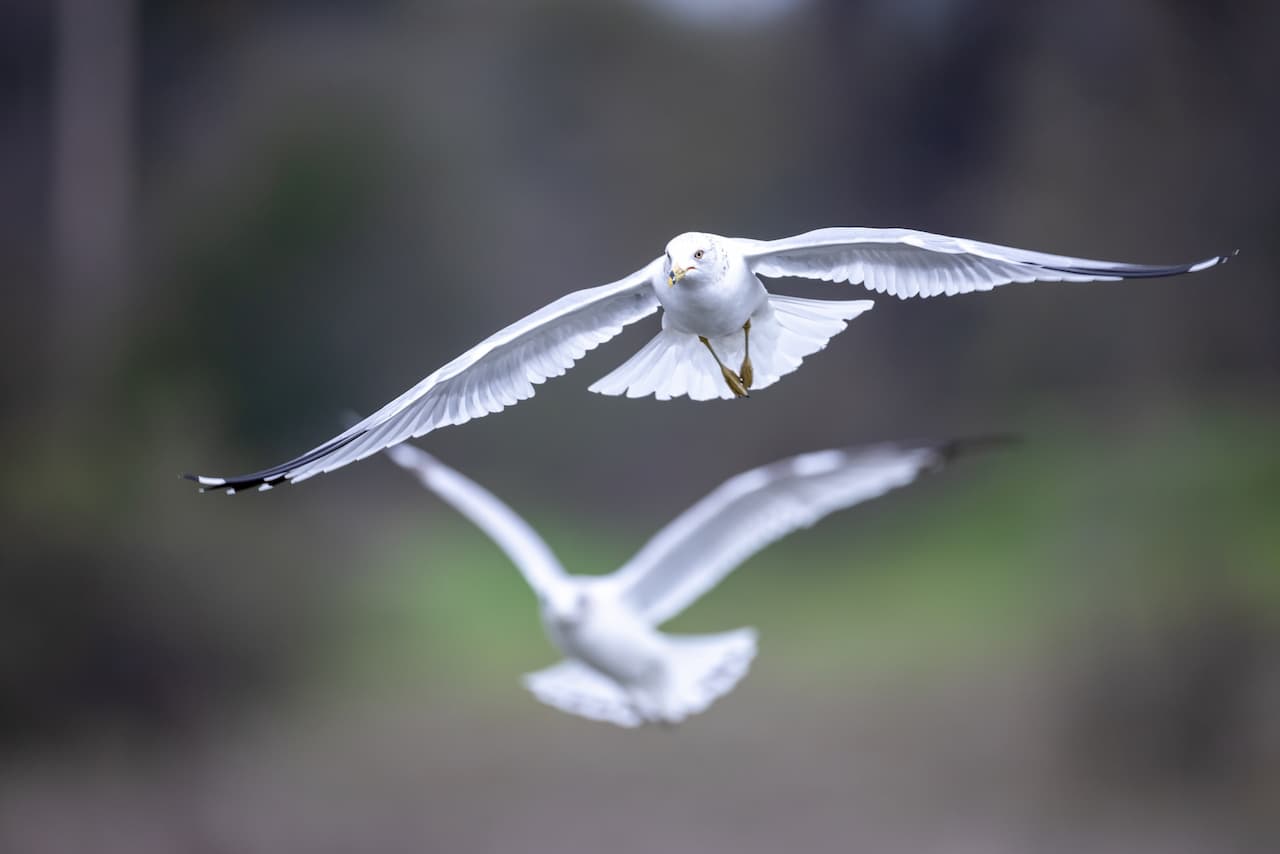Green Ibises
Green Ibises
The Green Ibises (Mesembrinibis cayennensis) are wading birds that occur naturally in Central and South America.
Ibises resemble herons and share many of their habitats and behavioral traits, but unlike herons, ibises fly with necks outstretched and often in V-formation.
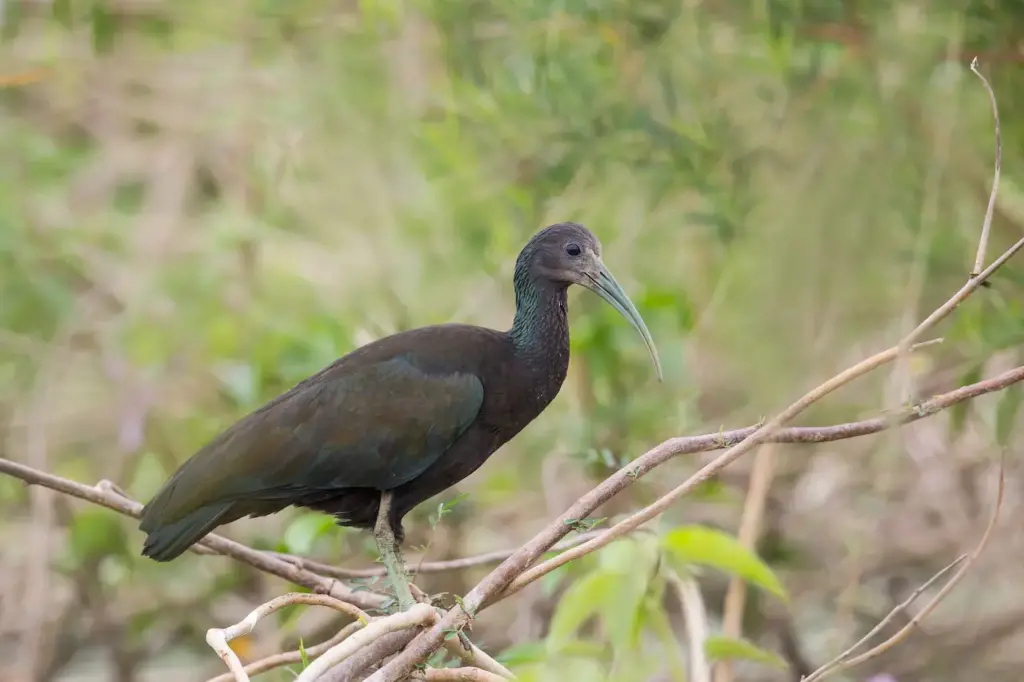
Distribution / Range
The Green Ibises occur naturally in Honduras through Nicaragua, Costa Rica and western Panama, south through northern Argentina in South America. They are mostly sedentary (non-migratory), but will undertake some local seasonal movements in the dry (non-breeding) season.
They inhabit wooded swamps and other wet forest habitats.
They are less gregarious than its relatives and are usually seen alone or in pairs.
Description
The Green Ibis measures 48–56 cm in length and weighs 650–750 g; the female is generally smaller than the male.
Breeding adults have glossy greenish-black bodies, pale green legs and bills, and grey bare facial skin patches.
Juveniles are much duller, but can be distinguished from the similar Glossy Ibis by their bulkier shape, shorter legs and broader wings.
Like other ibises, they fly with their necks outstretched. Its flight is heavier, with fewer glides and jerkier wingbeats than their relatives.
Breeding
Most breeding activities are observed after the rainy season, when plenty of food is available.
They typically nest in colonies, often with other water birds.
The nests are shallow cup-shaped platforms of sticks, grasses or reeds that are typically situated on trees near a body of water, such as rivers, swamps or lakes. They have been recorded as harassing Sunbitterns nesting in the same trees.
The average clutch consists of 2 – 4 eggs. The nests are often reused year-after-year.
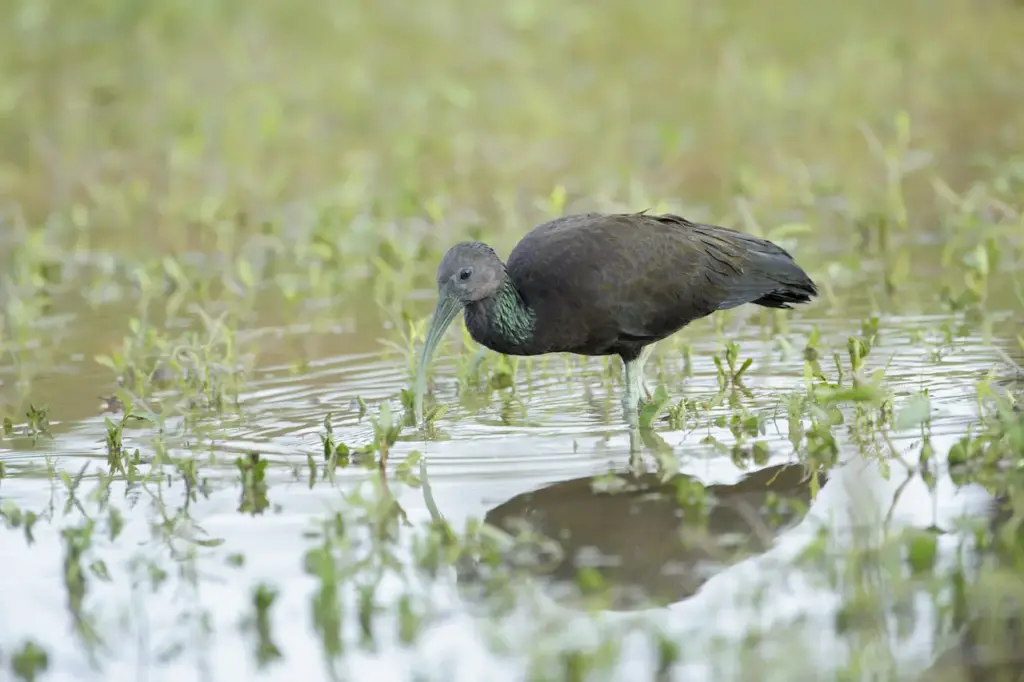
Diet / Feeding
Ibises mostly feed in shallow waters on aquatic insects, mollusks, frogs, and food sifted from the water surface.
Their diet also includes insects caught on land, as well as lizards, worms, skinks, and other small reptiles.
Vocalizations / Calls
Green Ibises are mostly active and vocal at dusk, when their loud rolling co-co-co-co-corru-corru calls can be heard.
Ibis Information and Listing of Species … Ibis Species Photo Gallery

